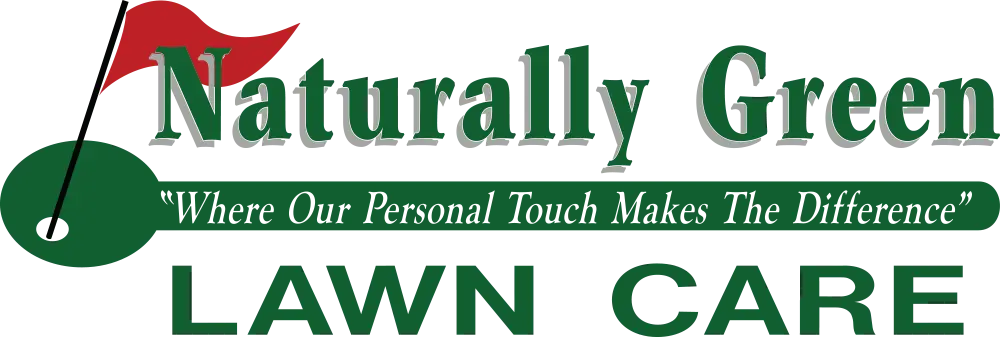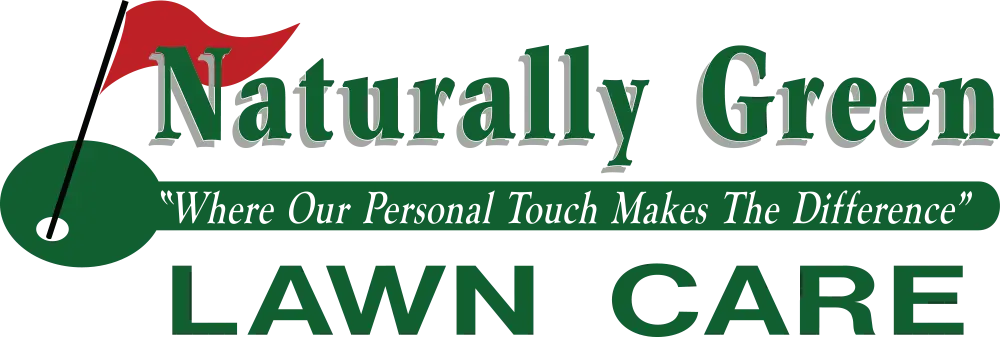Lawn Care Services in Connecticut
Are you tired of dealing with a lackluster lawn that is prone to weeds and pests? Look no further than Naturally Green, your comprehensive lawn care service provider. We offer a range of services to ensure your lawn stays green, healthy, and free from unwanted intruders. Our team has been in the business since 1999, so you can trust us to get the job done right. Call us today for:
- Seasonal fertilization
- Pre & post-emergent weed control
- Lawn disease & fungus control
- Grub control
- And more!
Our expert lawn care team will inspect your lawn's condition and develop a customized treatment plan. Using environmentally friendly products, we will replenish your lawn with the nutrients it needs to thrive and regain its lush appearance. Say goodbye to bare spots and pesky weeds!
Quality Lawn Care Since 1999
When it comes to ensuring the lush green beauty of your lawn, trust the experts who have been cultivating excellence since 1999 - Naturally Green! As a local lawn care company deeply rooted in the community, we take pride in our longstanding commitment to delivering unparalleled service. Our seasoned team of professionals possesses a wealth of experience, ensuring that your lawn receives the personalized attention it deserves. By choosing our services, you're not just investing in a pristine lawn, but in the reliability and expertise that only a seasoned local company can provide.
Working with our team at Naturally Green ensures:
- A free quote and inspection on any service.
- Contract-free services for your flexibility.
- Eco-friendly products that protect your family and the environment.
- Your choice of a full organic solution, conventional services, or hybrid organic services!
- Flexible scheduling, including Saturday services!
Our 100% Organic Lawn Care Program
In addition to our standard lawn care program, we offer 100% natural treatments with organic fertilizer. This method ensures we use no chemicals on your lawn, allowing for a completely environmentally friendly approach. Our organic approach promotes healthier grass and safeguards the environment, your family, and your beloved pets from exposure to harsh chemicals. Our team also provides hybrid treatment plans that combine organic and conventional solutions. Here’s more about what our organic and hybrid programs offer:
- Full-organic fertilizers are used generously to provide a complete nutrient profile that builds up over time and slowly releases micro and macro nutrients consistently.
- Our hybrid program couples this with a single control application in spring, at a time when little outdoor activity is likely. The organic approach is holistic, bee-friendly, and precisely targeted.
- We offer pH-regulating applications and visit between 4 and 6 times per year, depending on your service line choice.
- Liquid spray applications offer additional organic macronutrients, soil enhancers, and nutrient-liberating microorganisms.
- This application works with the natural soil chemistry and bioactivity that grasses can use to become fortified and vigorous.
- Introducing foliar and soil nutrients as the spring soil warms and summer weather wanes photosynthesis will be enhanced, and roots drawn deeper into the soil.
- Natural Humic acid is also introduced to balance the need for organic materials in turf soils and provide a higher availability of nutrients.
This program works to refine the turf environment. It considers the entire ecology of the plant, from soil to the microbiome to the specific turf type and above-ground conditions.
Seasonal Fertilization & Weed Control
Our lawn care package includes seasonal fertilization to help keep your lawn green and healthy year-round. Our team of experienced technicians will thoroughly inspect your lawn, ensuring that we understand all its unique requirements. We customize a fertilization treatment plan specially tailored to your lawn's soil type, condition, and nutrient needs.
Along with regular fertilizer treatments, our team also offers pre and post-emergent weed control to your lawn, eliminating existing weeds and preventing them from returning. With our ongoing monitoring and treatment plans, we'll ensure that weeds don't risk infiltrating your lawn. Our proactive approach keeps your lawn looking lush and vibrant throughout the seasons. Get started with us today!
Protect Your Grass With Lawn Disease Control
Our lawn treatments are designed to eliminate existing lawn diseases and fungi and prevent their spread, ensuring a long-lasting effect. We utilize industry-leading products that are safe for your family, pets, and the environment, giving you peace of mind while enjoying a healthy and thriving lawn. Our team is equipped to handle the following lawn diseases:
- Brown patch
- Snow mold
- Dollar spot
- Red thread
- Summer patch
- And more!
Effective Grub Control Services
Are stubborn grubs causing unsightly brown patches on your lawn? Don't waste time and money on ineffective grub killers. Trust our professional grub control service to get rid of these destructive pests and prevent further damage. Say goodbye to brown patches and hello to a vibrant, healthy lawn with our specialized grub treatment. If you aren't sure whether or not grubs are your problem, you can call Naturally Green today for a free inspection.
Speciality Lawn Treatments
In addition to these lawn care services, our technicians also offer specialty treatments to get your lawn in the best shape possible. Check out what we offer:
- Lime Treatments: When soil lacks acidity, your lawn suffers from slow growth and susceptibility to disease and fungal attacks. Our lawn care experts will analyze your soil's pH level and if – and how much – lime needs to be applied to your lawn. A lawn that has been properly limed will recover its health and lush appearance quickly.
- Vegetation Control: Unwanted and uncontrolled vegetation often grows in an area that has been neglected for some time. We help control and eliminate unwanted vegetation on your property, such as weed prevention on footpaths, in driveways, and planted landscapes, long-term weed suppression in industrial areas, and selective grassy weed control in established plantings.
- Bed Weed Control: Our team keeps your landscape beds free from weeds by utilizing a combined strategy of weed control applications to stop germination and spot treatments throughout the season to stop weeds from spreading. We will also advise you on effective methods for controlling weeds between our visits, such as using mulch or a cover crop to block weeds from growing.

Lawn Care Service Area
As Connecticut locals ourselves, we love providing lawn care services to our neighbors. We treat your lawn as if it were our own, so you can trust us to get the job done right. See if we service your city below:






